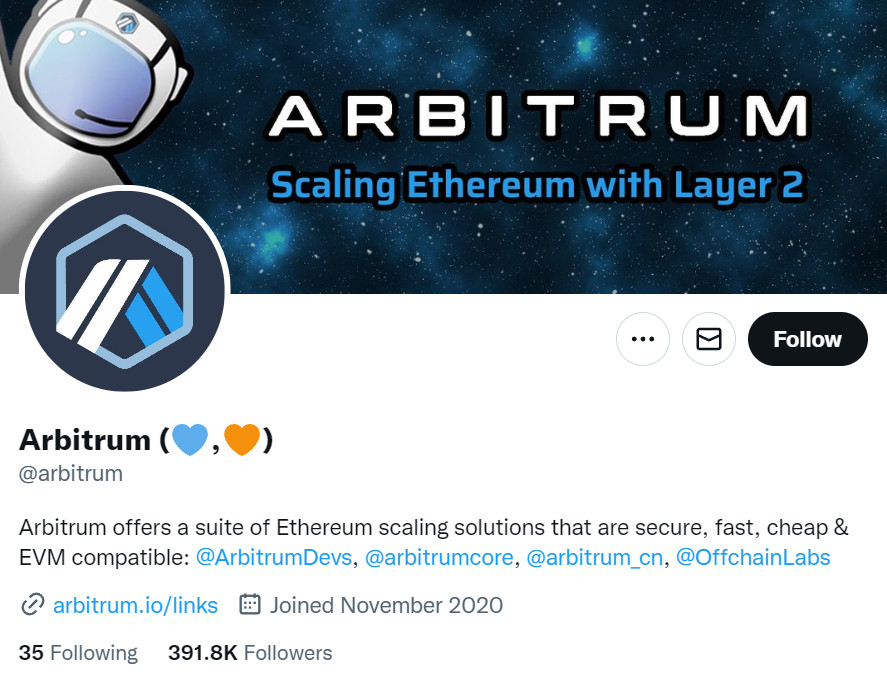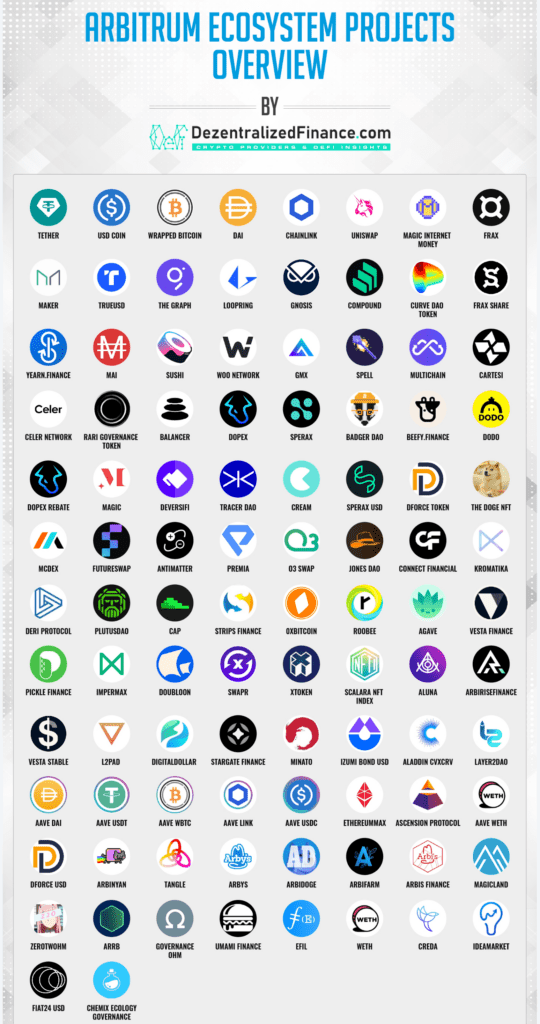One of the most popular Ethereum scaling solutions, Arbitrum aims to speed up transaction times and cut fees on the Ethereum blockchain. Let’s see Arbitrum Overview

What is Arbitrum?
Arbitrum is the Layer 2 Optimistic Rollup built to empower Ethereum with scalability, increasing the performance of the previous blockchain platform generation. In short, it inherits all the strong attributes of Ethereum, including security and decentralization. Additionally, Arbitrum enhances the ability to handle more transactions with fairly low fees.
Currently, it is one of the most expected L2 solutions to bridge the gap between Ethereum and scalability. Despite the imminent release of Ethereum 2.0, L2 solutions are still acting as the key drivers to solve the current Ethereum shortcomings at least in the short-medium term.
How does Arbitrum work?
The project One ecosystem is a layer-2 mainnet that powers smart contracts that will later be validated by the Ethereum network (layer-1).
Fees charged by the project will be paid in ETH and the development team expects a reduction of around 50 times the usual fees paid per transaction on layer-1. This means that it should be cheaper to run the project smart contracts than to run them on the ETH mainnet directly.
On 29 May 2021, Arbitrum launched its Beta version and quickly attracted the interest of DeFi app developers, who are constantly seeking to reduce the fees that users incur for using the Ethereum network at peak times.
There is now a bustling ecosystem of dApps on the project, whether it’s the decentralized exchange (DEX) GMX or liquidity management platform DeFiEdge.
It has also seen a range of upgrades to its protocol. Its Arbitrum Nitro update went live in August 2022, which improved throughput and interoperability.
Why Arbitrum is unique?
Before Arbitrum, other platforms attempted to solve the speed of Ethereum’s transaction problem. At least 12 platforms offered similar features. But the project has a number of differences that make it stand out.
- EVM Compatibility: Like other L2 solutions on top of Ethereum, it is highly EVM-compatible at the based code level. Crypto builders on Arbitrum only need to migrate the code with a little modification to seamlessly operate on the Optimistic Rollups.
- Many major adoptions: Uniswap, SushiSwap, Aave, Curve, and other many-used protocols on Ethereum are integrating Arbitrum into their platforms. This is a transparent signal that it’s getting embraced by many core players on Ethereum.
- Permissionless and Security: The project maintains the inherited security of the Ethereum network with a high level of decentralization. It brings users the same but better experience than on the Ethereum network.
- Yet to release Arbitrum native token: Polygon released its native token MATIC, getting lots of traction from the Ethereum community. It decided to take a different approach since it has yet to announce the native token release. The project, with a well-flourished ecosystem, has captured tons of value for ETH.
- Low commission fees: Transaction costs are reduced by 90-95 percent compared to the Ethereum network.

Verdict
It has focused on providing investors with a cheap, fast and scalable network, elements that Ethereum is still struggling with despite its Merge upgrade in September 2022. As a result, developers have flocked to Arbitrum to build decentralized applications (dApps), and it is one of the biggest blockchains.
DISCLAIMER: The Information on this website is provided as general market commentary and does not constitute investment advice. We encourage you to do your own research before investing.
Join us to keep track of news: https://linktr.ee/coincu
Website: coincu.com
Elise
CoinCu News






















